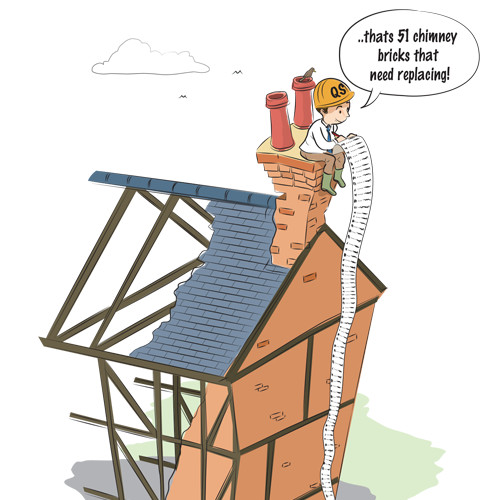Work Stage 3.5 - Cost Estimate

At this stage, we will start to discuss the procurement route and how you wish to
obtain a fixed price for the building works, once the detailed design is complete:
There are two options available for this:-
1. Negotiated Tender
For internal and domestic works projects, it is common for Owners to negotiate
with a single Building Contractor.
The negotiated route has the following benefits:-
a) You establish a relationship with the Contractor early on.
b) The Contractor can provide you with an estimate of the cost at an early stage
(if a Quantity Surveyor has not been employed).
c) Only those drawings discussed/absolutely necessary need to be produced for
detailed drawings, saving costs at Work Stage 4.
d) The works can start on site much sooner.
Often people are nervous about negotiating, as they are worried the Contractor
will not provide them with a competitive price. If a Quantity Surveyor has
been employed, this will remove any concern, as they can assess any quotes
from the Contractor.
In fact, we find many clients prefer this option, as the builder will provide them
with an actual cost, whereas, if the price is obtained through competitive tender
with three or more Contractors, the builder may be more inclined to look
for holes in the specification, in order to provide the lowest cost, and it is not
uncommon for these costs to then be added back on once it is highlighted on site.
So it is not unknown that you will pay exactly the same, whether you negotiate or
go out to open tender.
Some also choose this route if they have been recommended, or know a builder
through friends etc., and want to ensure the quality of the build.
2. Competitive Tender
This is when a detailed design package is sent out for competitive tender to three
or more Contractors. This route is chosen most commonly when there is grant
funding for the project, or the building works are public or commercial.
In order to obtain a competitive price, a full, detailed design package is required at
Work Stage 4, to include details and specifications of all the building works needed.
The benefits of competitive tender are that:-
a) You are able to compare the cost of breakdowns and the aim is that they are
fairly close in price.
b) The competitive process is fair and open, and is therefore essential where grant
funding has been allocated.
The down-side of this method is that a Contractor may price low, in order to
obtain the job, and will, therefore, try to claim back the work through extras whilst
on site.
It is therefore important to have a Quantity Surveyor who can assess the tenders
and report back.
Always remember, if something seems too good to be true, it probably is!
If you are negotiating with one Builder, he can provide an estimate free of charge
at this stage.
We usually meet on site with the drawings, to discuss the construction, and which
drawings he may require to allow him to undertake the works.
Estimate of Construction Cost and the Quantity Surveyor
Once you have decided which procurement route to go down, you then need to
obtain an estimate of construction cost.
A Quantity Surveyor will provide a complete breakdown of the building works
and associated cost, which has the benefit of allowing you to see/omit/add
elements of works as necessary.
If you are negotiating on a smaller project (say under £300,000), then the
Contractor can do this, otherwise a Quantity Surveyor needs to be employed.
Meet the Builder
If you are negotiating, we will at this stage meet the Builder on site. We can then
discuss what detailed drawings are needed, a suitable start date, programming
and occupation of the building. This meeting starts to establish a good working
relationship between all the team members.